Loading heavy machinery, such as excavators, onto a dump trailer requires careful consideration of equipment safety, positioning, and technique. Many professionals and operators often face challenges when attempting this task, which can lead to accidents, damage, or inefficiencies. In this detailed guide, we will meticulously illustrate the best practices for loading an excavator onto a dump trailer, ensuring optimal safety and effectiveness.
Understanding Your Equipment and Trailer Specifications
Before initiating the loading process, it’s crucial to have an in-depth understanding of both the excavator and the dump trailer specifications, including weight capacities, dimensions, and overall design features.
1.1 Excavator Specifications
| Specification | Details |
|---|---|
| Model | [Model Name] |
| Weight | [Weight in lbs/kg] |
| Length | [Length in ft/m] |
| Width | [Width in ft/m] |
| Height | [Height in ft/m] |

1.2 Dump Trailer Specifications
| Specification | Details |
|---|---|
| Model | [Model Name] |
| Maximum Load Capacity | [Weight in lbs/kg] |
| Ramp Length | [Length in ft/m] |
| Ramp Width | [Width in ft/m] |
| Gross Vehicle Weight Rating (GVWR) | [Weight in lbs/kg] |
Understanding Your Limitations
Understanding the limitations of both your excavator and trailer will help you avoid overloading, which can lead to safety hazards and damage. Always consult the owner manuals for precise specifications and restricted loads.
Essential Tools and Safety Gear
Prior to the loading operation, assembling the necessary tools and safety gear is paramount. This not only protects the operator but also minimizes the risk of any mishaps during the loading process.
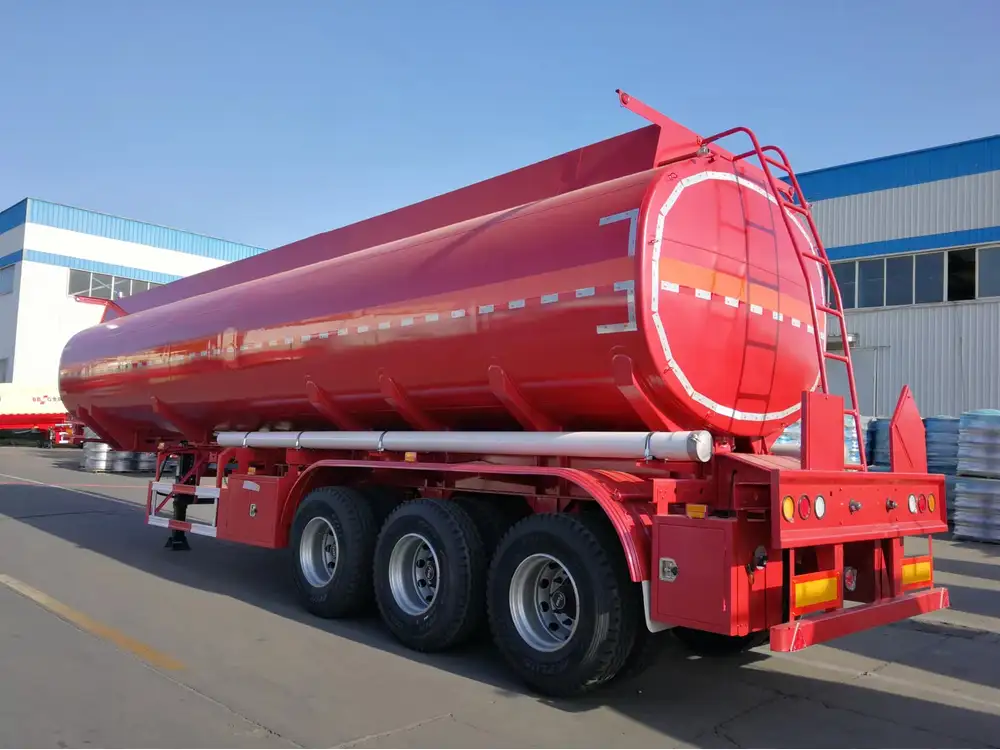
2.1 Required Tools
- Loading Ramps: Choose ramps that can support the weight of the excavator. Ensure they are adequately rated for the load.
- Winch: A powerful winch can assist in pulling the excavator onto the trailer if gravity-assisted loading is not feasible.
- Tie-Down Straps: Use high-strength tie-down straps to secure the excavator once loaded.
- Chocks: Wheel chocks will prevent the trailer from rolling while the excavator is being loaded.
2.2 Safety Gear
- Hard Hat: Protects against falling objects.
- Iron Toe Boots: Offers superior protection from heavy loads.
- High-Visibility Vest: Important for ensuring visibility in work zones.
- Gloves: Heavy-duty gloves protect hands while ensuring a firm grip.
Preparing the Work Area
The loading process should take place in a clear, level area that provides ample space for maneuvering. Poorly prepared environments can lead to accidents and complicate the loading process.
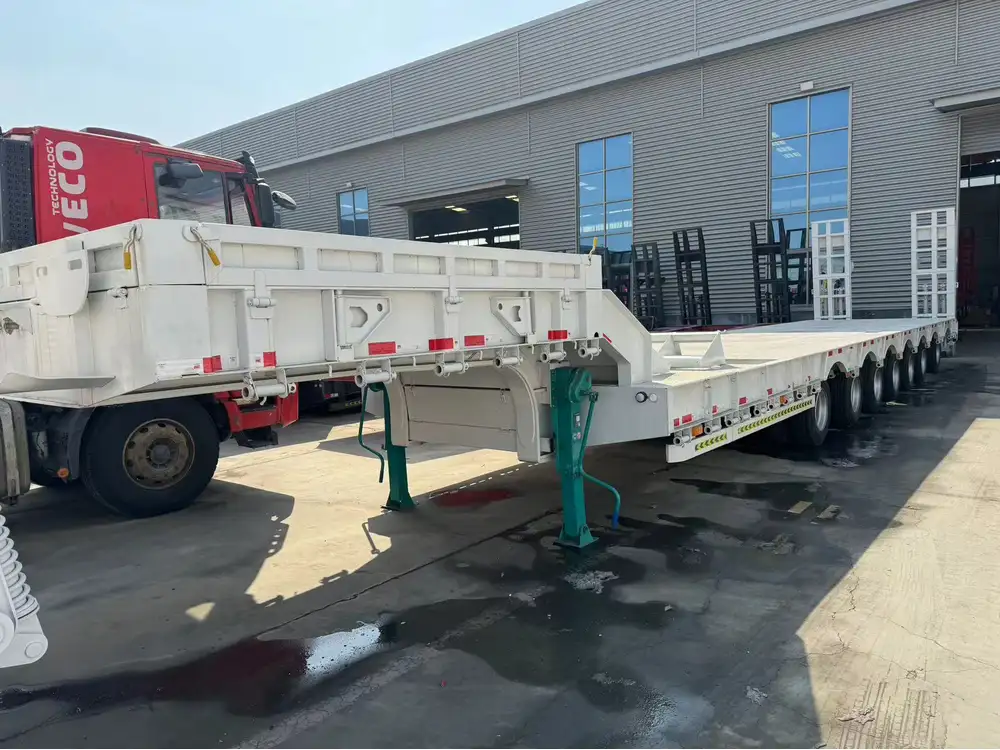
3.1 Selecting an Appropriate Location
- Flat Ground: Ensure the ground is level with sufficient space around the trailer for steering and maneuvering the excavator.
- Firm Surface: Avoid muddy or unpaved areas, as unstable ground can hinder the loading process.
- Visibility: Select locations with adequate visibility to ensure all operators can communicate efficiently.
3.2 Checking Weather Conditions
Inspect the weather to avoid inclement conditions such as rain, ice, or strong winds which can affect stability during loading.
Loading Procedures: Step-by-Step
Now that preparations are complete, we’ll walk through the actual process of loading an excavator onto a dump trailer.
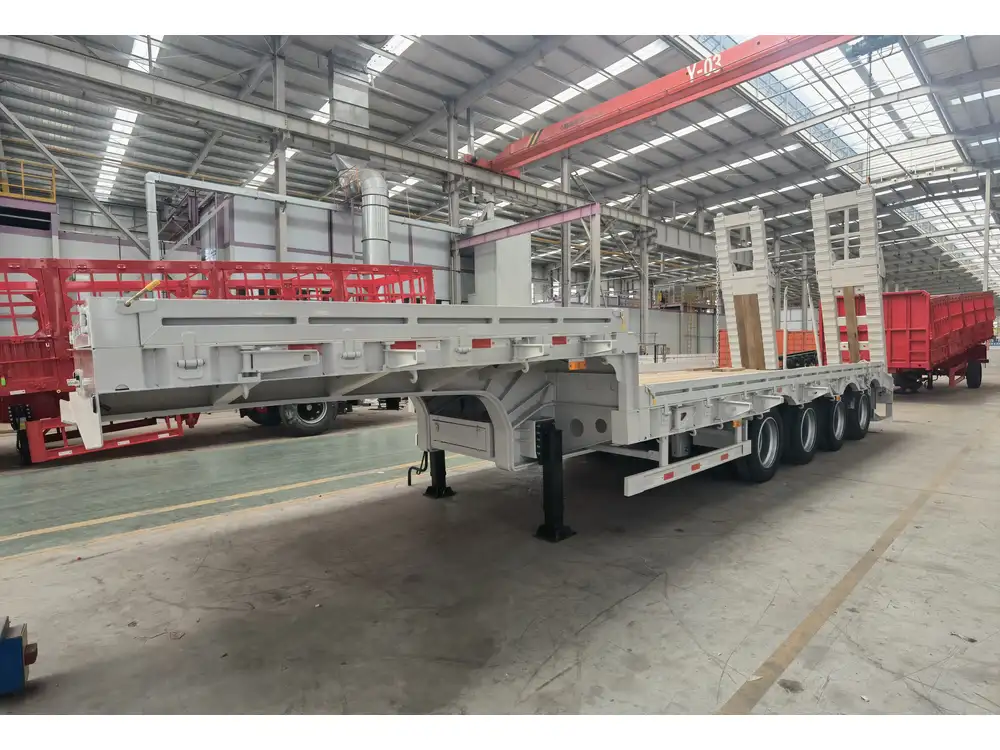
4.1 Positioning the Trailer
- Align the Trailer: Ensure the dump trailer is positioned on a flat, stable surface.
- Check for Obstructions: Clear any obstacles from the path where the excavator will travel onto the ramps.
4.2 Loading Ramps Setup
- Extend Ramps: Securely attach the loading ramps to the dump trailer, ensuring they are stable; check that they can handle the weight.
- Double-check the Angle: The ramps should provide a reasonable incline for the excavator. Generally, a lower angle is safer and easier for loading.
4.3 Operating the Excavator
- Start the Engine: Check gauges and ensure the machine is operating correctly.
- Engage the Controls: Use the excavator’s control system responsibly to maneuver it towards the ramp.
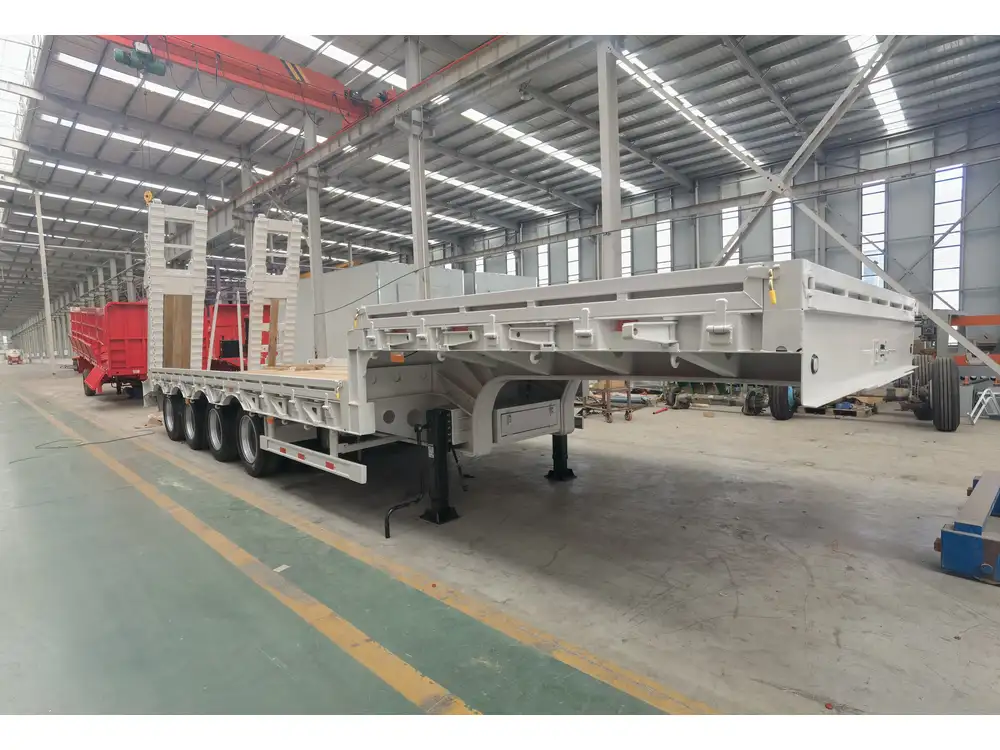
4.4 Loading the Excavator
- Drive Slowly: Approach the ramp gradually to avoid sudden shifts in weight.
- Stay Centered: Aim to keep the excavator centered on the ramp to prevent tipping or sliding.
- Balance the Weight: Distribute the weight evenly during the loading phase.
Tips for Effective Loading
- Use the ‘J’ Method: For better control, first raise the arm of the excavator, extending it to provide stability.
- Use Low Gear: Lowering the speeds allows for increased control and minimizes chances of mishaps.
4.5 Securing the Excavator
- Utilize Tie-Down Straps: Once fully loaded, use premium-grade tie-down straps to secure the excavator.
- Check and Re-check: Ensure that all straps are tight and stable before moving the trailer.

Unloading Procedures
When you’ve arrived at your destination, unloading the excavator requires the same degree of care and attention as loading.
5.1 Preparing for Unloading
- Assess the Unloading Area: Ensure that there is enough space around the trailer to comfortably operate the excavator upon unloading.
- Inspect the Ground: Look for firm and level ground where the excavator will safely come to rest.
5.2 Unloading the Excavator
- Remove Tie-Downs: Safely and systematically remove the straps and ensure they are stowed away properly.
- Reverse Up the Ramp: Exit the trailer slowly by reversing in a straight line to maintain balance and stability.
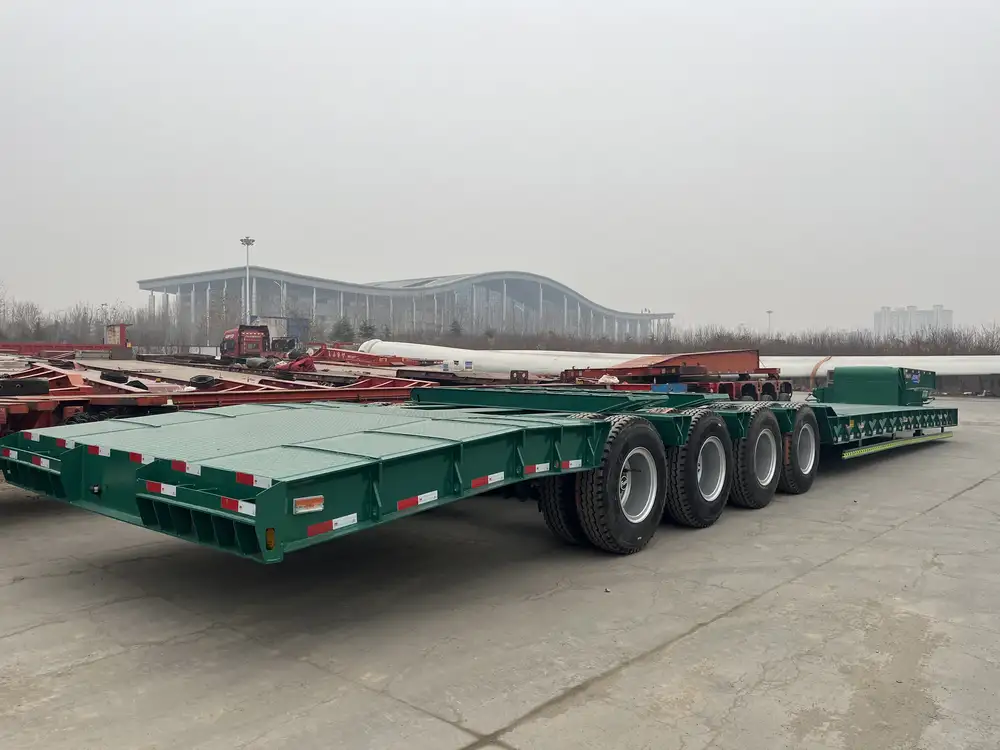
5.3 Final Safety Checks Post-Unloading
- Assess for Damage: Once unloaded, check both the excavator and the trailer for any potential damage incurred during loading/unloading.
- Secure the Trailer: If the trailer is parked, ensure it is adequately secured with wheel chocks to prevent shifting.
Common Mistakes to Avoid
Identifying common pitfalls is key to being proactive.
6.1 Rushing the Process
Many professionals get anxious and try to rush through the loading or unloading segment, leading to potential accidents or equipment damage. Always take your time.

6.2 Ignoring Weight Limits
Never ignore the specified weight limits of the dump trailer. Overloading can fundamentally ruin both the trailer and the excavator.
6.3 Not Using Proper Safety Gear
Safety gear is non-negotiable. Omitting this step often leads to injuries, which could have easily been avoided.
Conclusion
Loading and unloading an excavator on a dump trailer requires thorough planning, the right tools, and systematic execution to ensure safety and efficiency. By adhering to the detailed guidelines outlined in this article, capabilities can be significantly enhanced. Remember that safety and attentiveness during each stage of the loading process are imperative to successful operation.
Incorporate these best practices into your workflow, and you will become adept at safely maneuvering heavy machinery, optimizing both your time and resources effectively.



